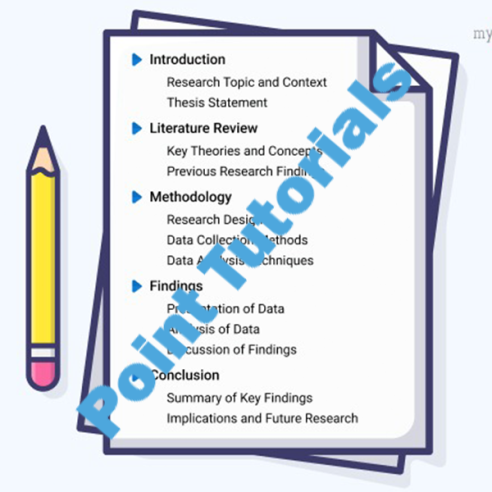
D025 AWM2 — AWM2 TASK 1: ADVOCATING FOR POLICY CHANGE TO IMPROVE HEALTH OUTCOMES IN THE COMMUNITY
In Stock
D025 AWM2 — AWM2 TASK 1: ADVOCATING FOR POLICY CHANGE TO IMPROVE HEALTH OUTCOMES IN THE COMMUNITY
Advocating For Policy Change To Improve Health Outcomes In The Community
Advanced Professional Nurse as Advocate
Advanced Professional Nurses carry out patient and health advocacy leading to policy changes in various ways. Principally, they advocate for patients at risk of significant population health issues and also voice the needs of individual patients. Ideally, these two approaches to advocacy take different strategies. The primary variation is how issues affecting the community and individuals are identified. According to Misto et al. (2020), an APN focuses on personal goals, preferences, and needs when advocating for an individual’s health. The individualized approach means that an individual APN or a team of healthcare providers addresses the underlying health issues and goals. This leads to a direct approach to patient care where the patient engages directly with the healthcare providers. On the other hand, APNs advocating for a population at risk of a particular health issue often focus on the health needs of the entire community. In this regard, there is a group approach to patient care where social determinants of health are used to determine factors increasing the community’s susceptibility to a significant public health issue. Therefore, instead of assessing personal needs, the entire population’s health issues are evaluated.
The second variation between patient advocacy for individuals and community needs by an APN is strategies recommended or used to influence health outcomes. According to Castrucci and Auerbach (2019), advocating for individual needs focuses on developing individualized patient plans. Notably, these could be care coordination and continuum plans where healthcare professionals seek to achieve change by including patients in care processes. Feedback on the efficacy of recommended change is based on individual responses and experience, with no comparison made to determine outcome variances. On the other hand, advocating for communities at risk of a particular health issue involves developing comprehensive health plans which recommend policy changes. Therefore, many stakeholders, including policymakers, are involved in developing healthcare policies that will lead to a positive patient experience by promoting wellness. Therefore, aside from dealing with at-risk populations, the APN has to identify essential stakeholders and policymakers required to influence changes in the community related to the identified health issue.
Strategies for Interprofessional Collaboration
APNs often form part of advocacy action teams (AAT) to influence population health policy change. In this regard, they use various evidence-based strategies to promote interprofessional collaboration among stakeholders within the advocacy action teams. The primary evidence-based strategy utilized by APANs within AAT is promoting effective communication. According to Qudah and Luetsch (2019), communication enhances collaboration as different stakeholders can engage and interact freely. Since each team member brings unique abilities and skills, they can share knowledge and collaborate on tasks such as identifying patient needs through effective communication. Moreover, in AAT, ideal communication abilities help team members to know how to approach engagement with policymakers while also understanding how to interact with patients.
APNs can use team-building activities to enhance interprofessional collaboration within AATs. According to DelConte and Gast (2019), team-building activities allow the involved staff, policymakers, and patients to engage productively. As such, this enhances their social engagement, resulting in higher levels of interprofessional collaboration. For example, having frequent team meetings can enhance face-to-face interaction and familiarity between involved stakeholders, resulting in better interprofessional collaboration.
Data-Driven Health Issue
The data-driven health issue identified among residents of Ohio is heart disease. The population health issue refers to several health conditions which lead to plaque build-up within the arteries or irregular heart rhythms. According to Tsao et al. (2023), heart diseases are all illnesses that affect the normal functioning of the heart adversely. In Ohio, heart disease is a significant public health issue because it is the leading cause of death in the State and worldwide (CDC, 2022). Moreover, according to the Ohio Department of Health (2023), cardiovascular illnesses such as heart disease were higher than the national average in the entire USA. For instance, the percentage of residents of Ohio aged 18 and over with heart disease was 7.4%. Whereas heart disease is prevalent among all population groups, elderly persons, especially those aged 65 years and above, are at higher risk of suffering. Acceding to Hospice Hope (2023), the most common heart condition is Coronary Heart disease, with 677,000 Ohanians having the condition. The spread of the condition is higher in adults, with prevalence levels of coronary heart disease among elderly patients ranging from 7 to 10% across all Ohio Counties in 2020.
Characteristics of At-Risk Population
A leading characteristic of the elderly population
Price:$30.00
Categories: List of Questions, List of Solutions
